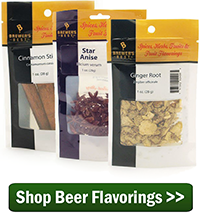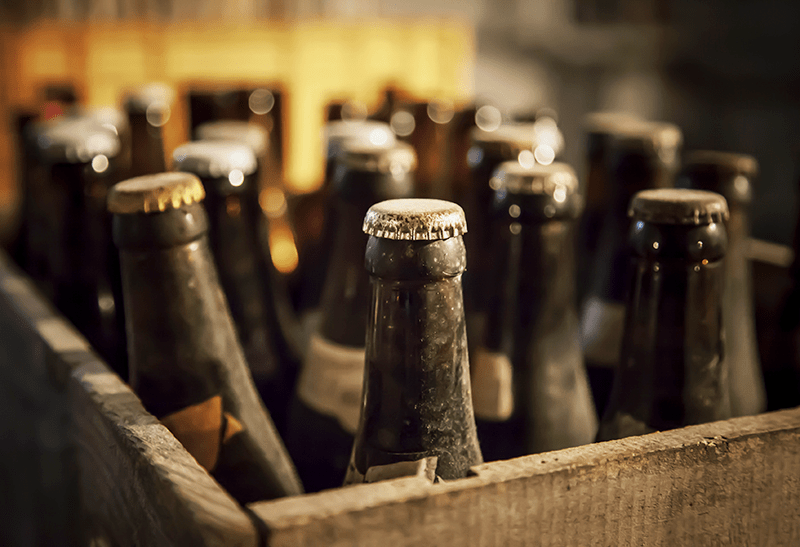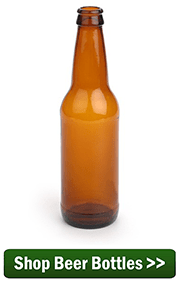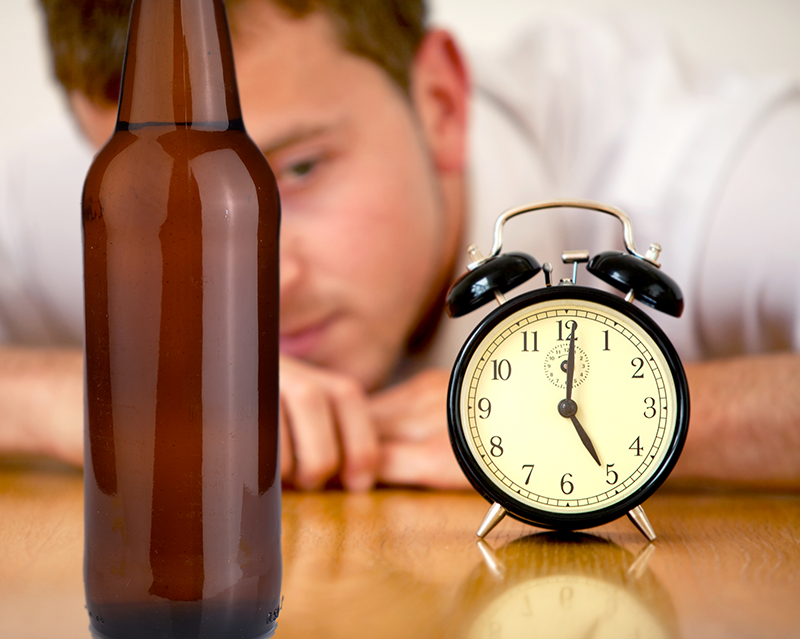 It was a rookie mistake.
It was a rookie mistake.
I was excited for my latest batch of homebrew – a saison – and paid more attention to the timeline and fermentation times than the beer itself. After two weeks in primary and two more in secondary, I figured it was ready to carbonate, so into bottles it went.
Then I opened a bottle a week later and noticed a lot of foam. I waited another week, and half the beer was gone by the time I poured it into my glass. It was a gusher, forcing ounce upon ounce of white foam up the neck of the bottle and into my sink.
That’s when it really hit home: patience is a virtue for everyone, but for homebrewers, it’s a necessity.
In most cases – especially this one – it’s a matter of paying attention to the beer instead of any preset home brewing timelines. Forget about fermentation times; focus on the beer. Yes, you can have expectations for the length of a brew day, but sometimes it’s important to take a step back and take stock of how time – or lack thereof – can impact your beer.
Time is more than the calendar
In the case of my saison, it was important for me to set aside my own expectations. The lesson? Ignore human timeframes when it comes to home brewing.
Even if you’re making a batch for a special event or occasion, build in extra time for unforeseen problems, or just to allow the beer to do its own thing. The best way to confirm that a beer is finished is to take your hydrometer and check its final gravity. Taste the sample to add another layer to your test.
To be extra thorough, give it another day or two after it has reached final gravity just to be safe.
Slow working yeast
Another aspect to consider is the yeast doing the work inside your carboy. While some yeasts offer fast attenuation like Safale S-04 or Lallemand’s Nottingham, several need more time to offer the depth of flavors you seek from your brew.
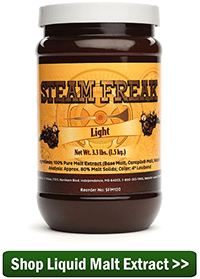 If you’re making a porter or bitter, Wyeast 1028 (London Ale) is a great option. It’s even flexible enough to build up a beer to as much as 11 percent ABV, but requires plenty of time to get there. Other slow-moving options include Wyeast 1728 (Scottish Ale) and Wyeast 1099 (Whitbread Ale). All these strains can enhance the layer of flavors in your beer, but let them take their time in doing so. The fermentation times will typically be longer.
If you’re making a porter or bitter, Wyeast 1028 (London Ale) is a great option. It’s even flexible enough to build up a beer to as much as 11 percent ABV, but requires plenty of time to get there. Other slow-moving options include Wyeast 1728 (Scottish Ale) and Wyeast 1099 (Whitbread Ale). All these strains can enhance the layer of flavors in your beer, but let them take their time in doing so. The fermentation times will typically be longer.
Wait on your bottles
While I suffered the impact of bottle bombs with my saison, one hidden truth I’ve found with many of my batches is that the best tasting beer usually comes when I’ve almost run out.
Even when I’m lucky to have a fully carbonated homebrew after one week in the bottle, I’ve started a habit of setting aside at least a six-pack to drink later than I normally would. Drinking an IPA as fresh as possible is a good idea, but a porter or honey-basil ale probably won’t get hurt by resting for a few more weeks. Remember to consider the temperature of your storage area and ingredients you’ve used in the beer, including yeast, when setting aside bottles to age longer than the rest of your batch.
There are many lessons to learn when it comes to home brewing, but one of the most important I’ve taken away is to not get hung up on having a beer ready in an absolute set timeframe. Don’t focus on whether or not your home brewing timeline is what was expected. Don’t worry if your fermentation times are longer than they should be. The beer will be ready when it’s ready.
—–
Bryan Roth is a beer nerd and homebrewer living in Durham, North Carolina. You can read his thoughts on beer and the beer industry on his award-winning blog, This Is Why I’m Drunk, and send him suggestions on how to get his wife to drink craft beer via Twitter at @bryandroth.

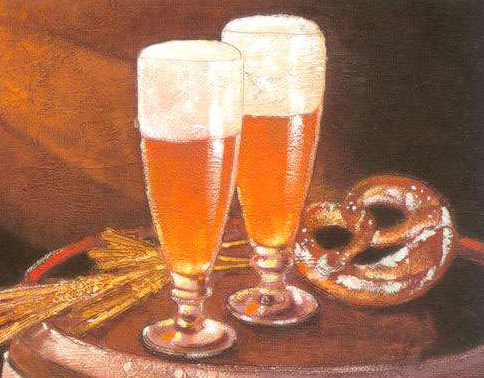
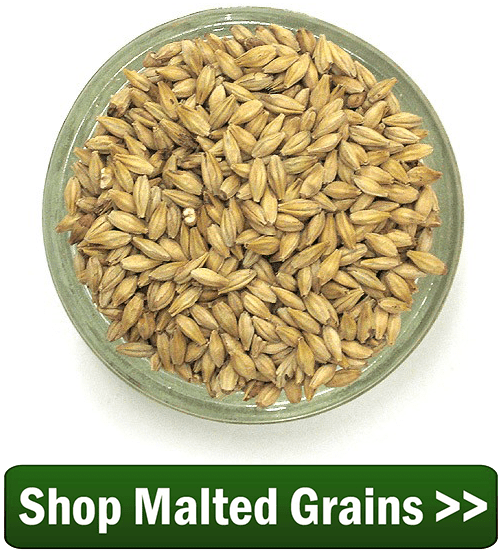
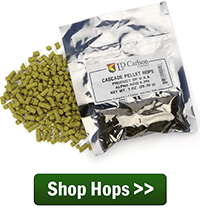

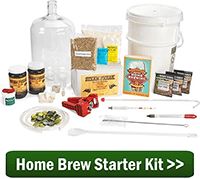
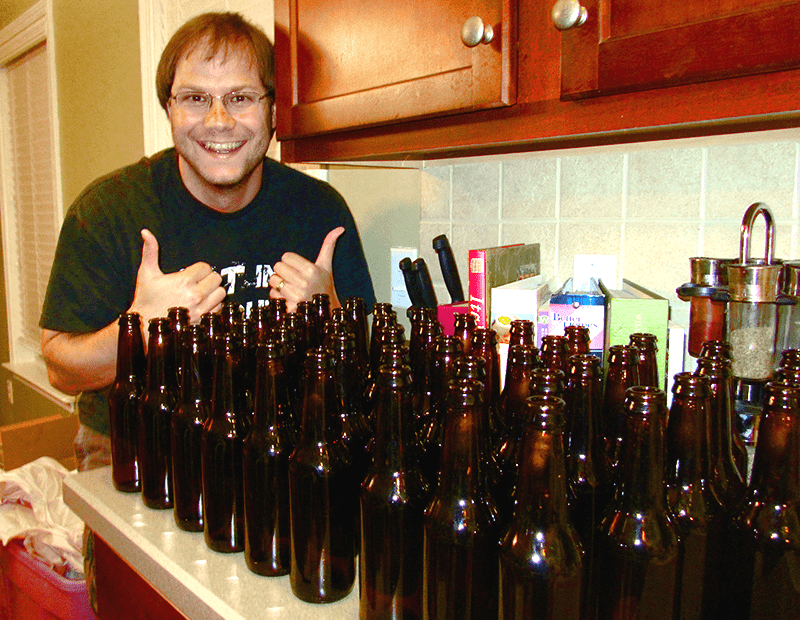


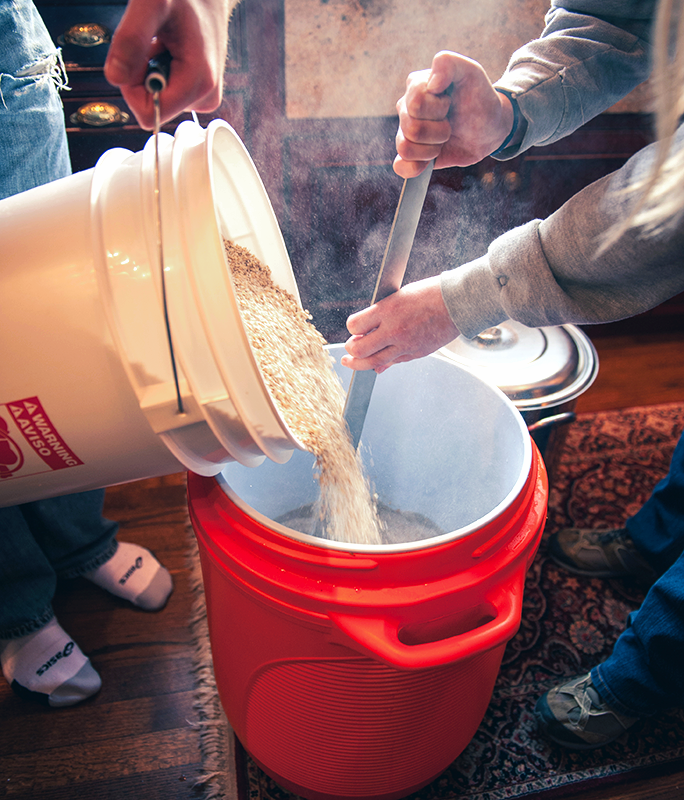

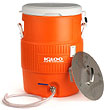
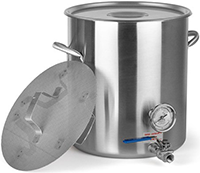
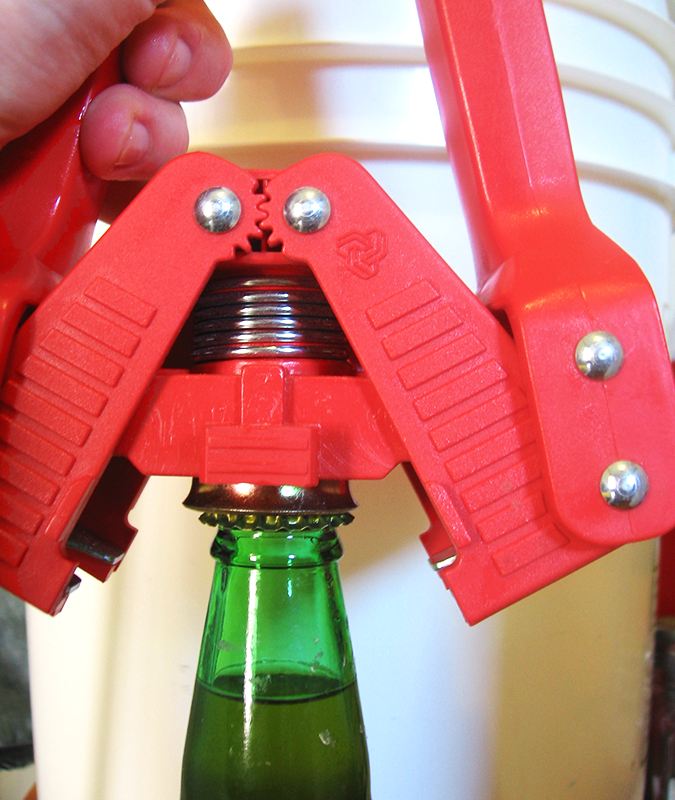
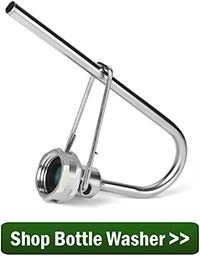

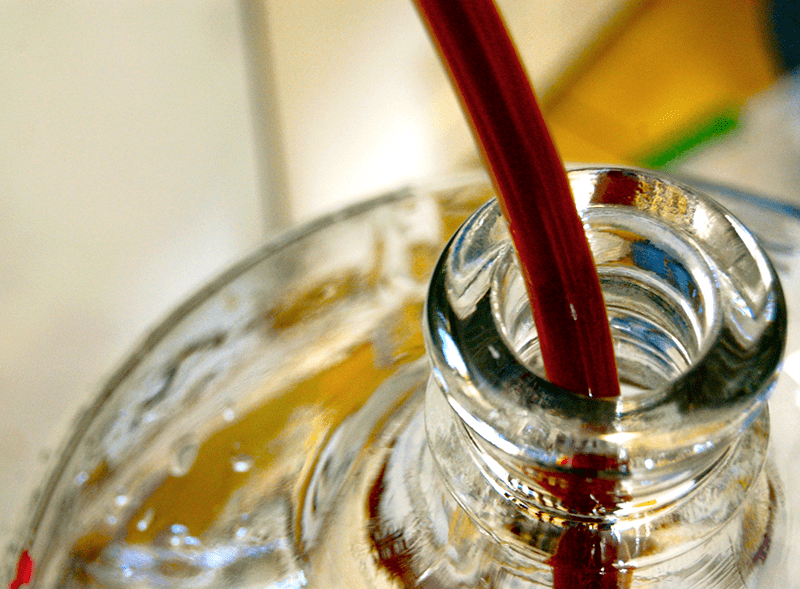
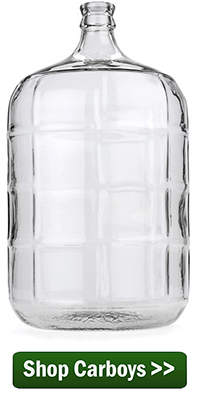
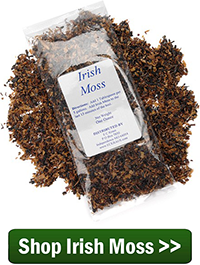
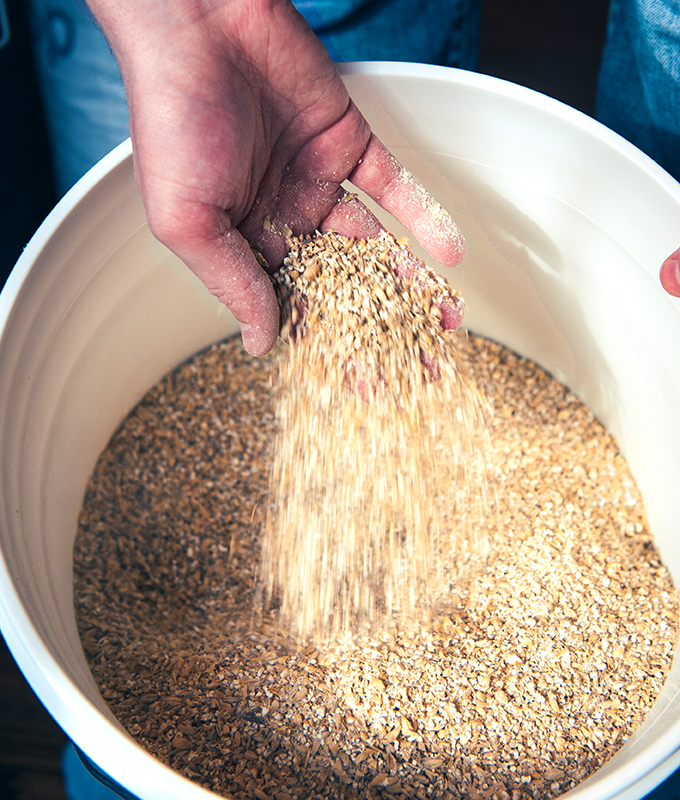

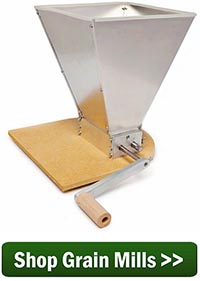
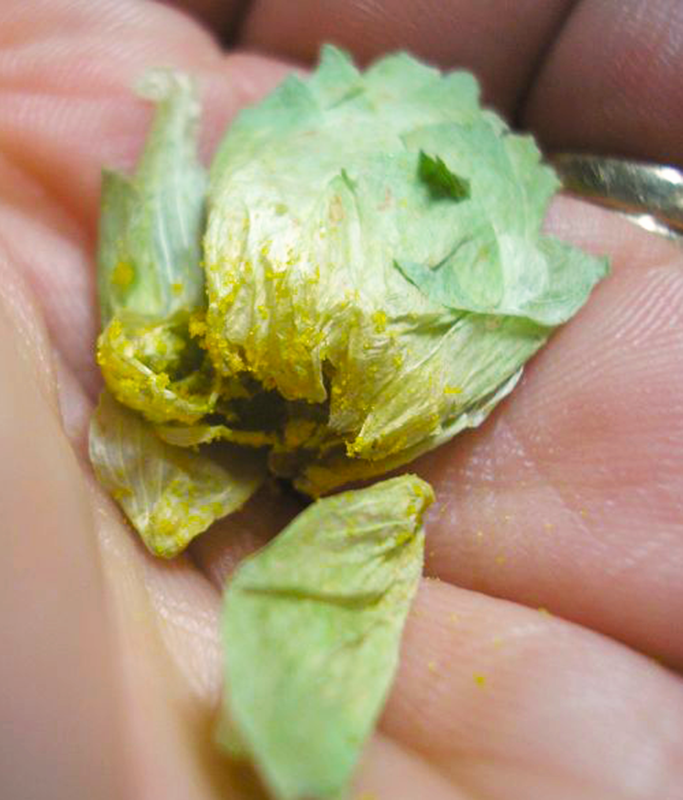
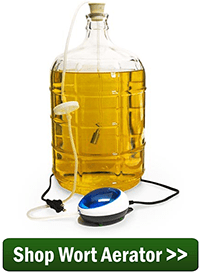
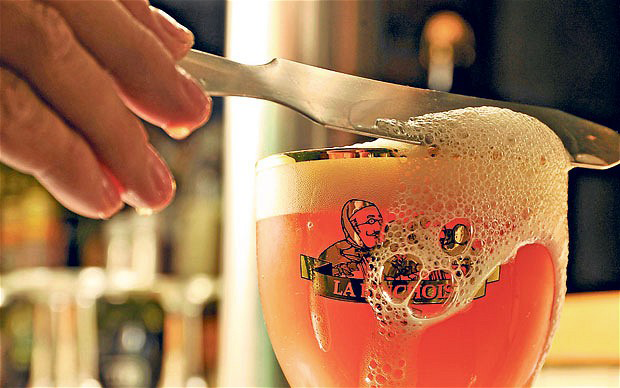 Belgian beers have become all the rage in the United States. Some might even credit them as inspiring the American craft beer movement. Belgian-style beers are characterized by the use of Belgian beer yeast, which produces a wide range of fruity and spicy notes that often make Belgian beers wine-like in their complexity. If you’re a fan of Belgian beers, here are the 7 best Belgian beer recipes that you should try right away:
Belgian beers have become all the rage in the United States. Some might even credit them as inspiring the American craft beer movement. Belgian-style beers are characterized by the use of Belgian beer yeast, which produces a wide range of fruity and spicy notes that often make Belgian beers wine-like in their complexity. If you’re a fan of Belgian beers, here are the 7 best Belgian beer recipes that you should try right away: